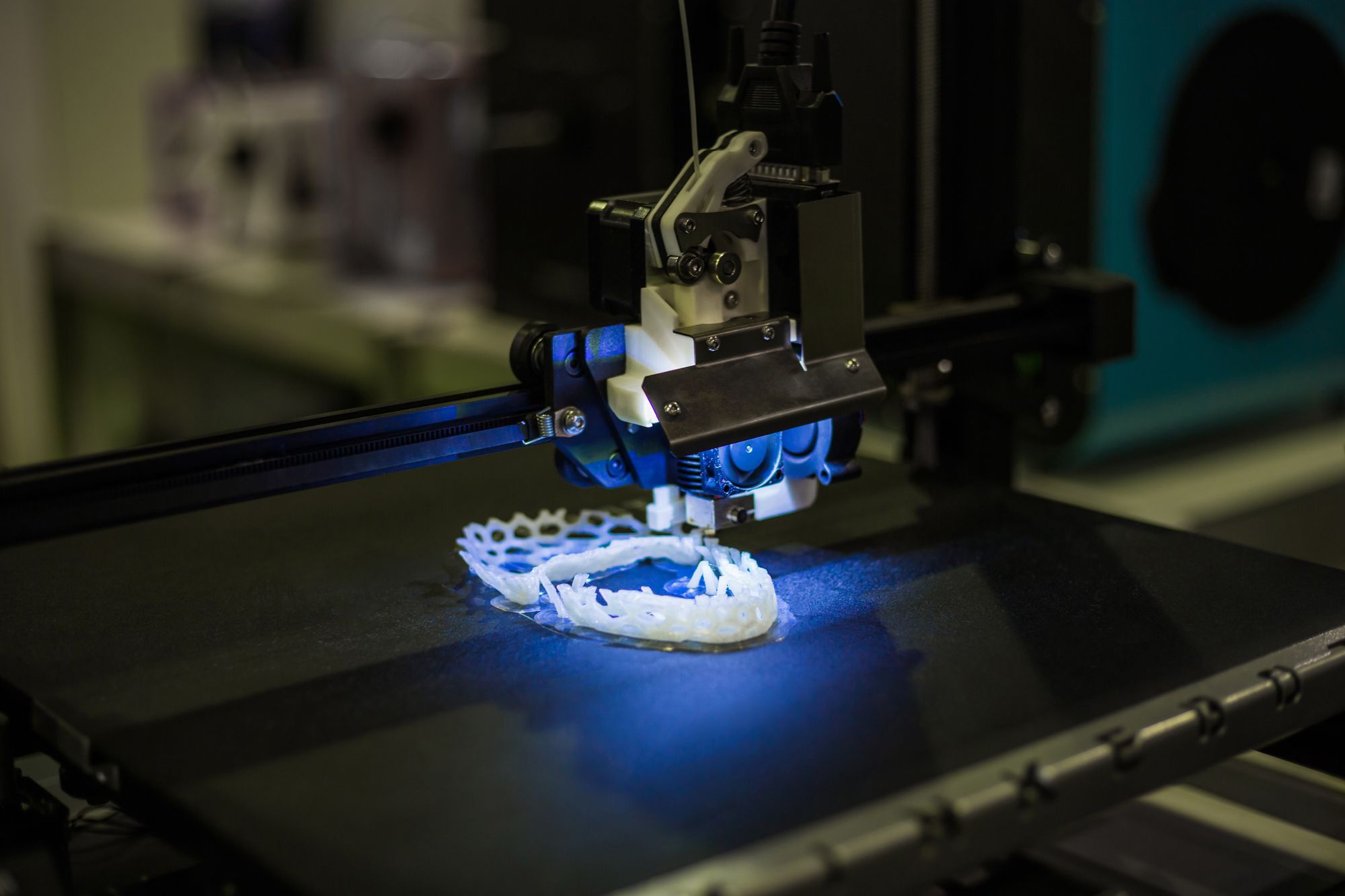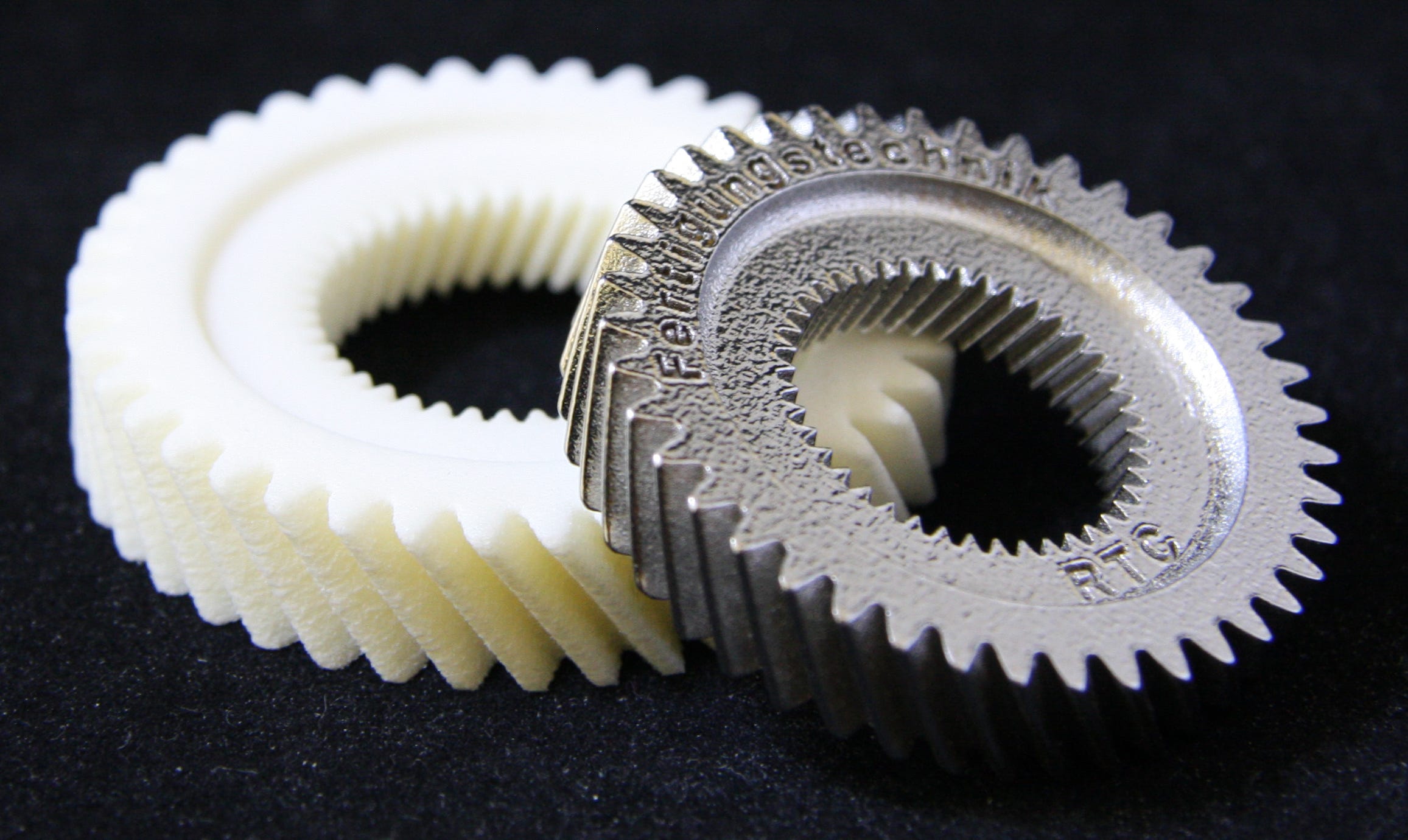7 Ways In Which Rapid Prototyping Is Making All the Buzz
3D printing also is known as additive manufacturing lay its hands from the 1980s. rapid prototyping techniques have been used extensively for creating products like powders, plastics, filaments, etc. Rapid prototyping holds its roots in areas of topography and photo sculpture.
What is rapid prototyping?

In simple terms, it consists of a cluster of techniques, used to fabricate 3D models. These models are created with the help of 3D computer-aided data. This process of fabrications includes the creation of 3D data, using CAD workstation, or 2D slides using scanning machines.
It is important that for such methods, the needed data is present in geometrical models only. Its surface should be finite volume, with any possible holes that project the interior. Moreover, the object should not be hollow and should contain a solid volume.
The modes of advanced digital fabrication technologies have given the liberty to do rapid prototyping easily. It can be done with the help of PLAs, impact-resistant ABS, durable nylon, etc.
Techniques for achieving 3D rapid prototyping:

Binder jetting:
A newbie in the 3D printing methods, it consists of hundreds of nozzles. These nozzles spray fine-micro droplets of the liquid binder so that it forms a single layer. This is achieved over a horizontal print bed covered in metal powder.
This printing method can regulate many parts at one time. These unfinished products are then treated in an oven, and the liquid binder layer is re-coated with powder.
Fused deposition modeling:
Primarily thermoplastic are the source products used here. These are used to create objects by heating the thermoplastic filament until it melts completely. This reduces the thermoplastic, layer by layer.
This filament contains a printer extruder head and a large coil. With the help of this head, the plastic is melted into a layer that is accumulated on the print bed. Once the first layer is made, the print bed drops another layer and creates a new layer.
This technique is advantageous for making complex models, with supporting materials of PVA and HIPS.
Stereolithography:
Known to be the first commercially successful 3D printing method. This method is also named as optical fabrication, resin printing or stereolithography apparatus, and also photo- solidification.
For this rapid prototyping methods, liquid plastic is used as a base material. This is essential for making patterns, prototypes, models, and other production prototypes. This method is also popular for vacuum casting patterns.
It is the best and most supreme, fast and, inexpensive process, from which finished products achieved are strong and durable.
Selective laser sintering:
A form of powder bed fusion, SLS creates objects on a build plate. This is done by using a laser, to sinter the powder media, which creates one layer at a time. It can function on metal or plastic blueprints also.
SLS methods need the requirement of an additional support structure, as its hollow spaces are filled with fresh powder. It also the most preferred type by manufacturing industries. It has a strong layer of adhesion and isotropic mechanical properties.
This equals its elongation direction, tensile strength, and hardness. With this process complex parts of geometries, like lattices is made easily, which otherwise is difficult to make.
Laminated object manufacturing:
Originally developed in California- based Helisys Inc. This method requires heat and pressure. This heat and pressure create product layers that use raw materials like paper, composites, ceramics, etc.
Thin laminates are laid here that build platform. Computer-controlled laser and cutting machine traces the pattern here. This platform then reduces in thickness, and new laminate is attached to the top layer.
This process continues. It is faster, eco-friendly, and more accurate to develop and produce huge- scale products. It is also cheaper and does not need special controlling or working conditions.
Digital light processing:
Although stereolithography and digital light processing may seem similar, they are different. DLP uses a variant source light and liquid crystal display panel to make a product.
This can be considered as a variation on the polymerization of the curable resin, with a conventional light source. Additionally, an intriguing part of its variant process is continuous liquid interface production (CLIP). A part of the vat is pulled in a continuous motion which has no layers and remains uninterrupted.
It crosses light as it is withdrawn from barriers that are programmed to change the configuration and produce the required cross-sectional pattern on the plastic. This technology has provided tremendous as an alternative to expensive 3D rapid prototyping methods.
The main requirement of this DLP process is the projection of products using micromirrors. This technique offers real high print speed, laying accuracy, implemented in various application areas, and most of all, it is affordable.
Selective laser printing:
SLM is a widely preferred process used for making sophisticated parts of the highest durability and strength. It is another form of powder bed fusion. SLM requires careful and controlled conditions for implementations. It can form metal parts that are very much dense and do not require adhesives.
Fine metal powder of homogenous sizes and shape is welded on a build plate with the help of high powered laser in a sealed chamber. These metal powders are mainly titanium, stainless steel, merging steel, and cobalt chrome. This entire process is performed under skilled engineers.
SLM widely finds its applications in aerospace, automobiles, defense, and medical areas. SLM has strong features and molding accuracy in mechanical properties. This technique hires less material waste, completed in quick time, and cost-efficient also.
Conclusion:

Modern-day requirements need modern-day solutions. With the high-end advancements in techniques and technologies hand in hand, rapid prototyping was made possible. This process of rapid prototyping is employed by a lot of manufacturing industries for 3D printing.
It has over time found its application now into every production industry that uses 3D printing methods, and applied to areas of aerospace, medicine, pharmaceutical, etc. it’s the most advantageous and cost-efficient process of creating computer-generated models. Hence rapid prototyping surely is emerging as one of the most sophisticated contemporary solutions.




